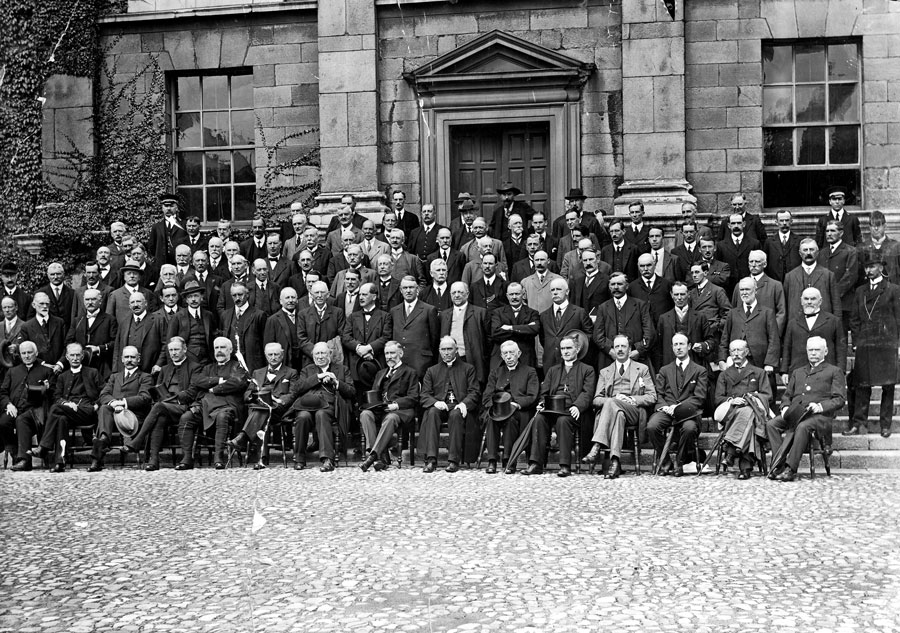Historians, taoisigh and Trinity’s best lecturers will gather in Regent House next week, in the same room where 100 years ago one of the last non-violent attempts to broker self-government for Ireland fell-through.
The marking of the anniversary of the Irish Convention, made up largely of a two-day symposium in Trinity, is far away from the pomp and military displays of the 1916 celebrations. But, when the conference begins next week, it’ll attract former taoisigh Bertie Ahern and John Bruton as well as historian and former Fianna Fáil deputy, Martin Manseragh; Dr Margaret O’Callaghan, Professor of Irish Contemporary History at Trinity Eunan O’Halpin; and the Attorney General for Northern Ireland John Larkin QC.
Nineteen seventeen was a turbulent time in Irish politics with the aftermath of the 1916 rising being felt on both sides of the Irish Sea. The British government, led by Prime Minister David Lloyd George, had decided to make one last attempt at achieving a consensual settlement in Ireland, just before the collapse in support for moderate nationalism in the years to follow. “Historians may differ on the achievements of the Convention”, says O’Halpin said in a press statement, “but not on its significance”.
To mark this centenary, a roundtable discussion will be held in Regent House on July 25th while a day-long symposium will also be held on July 26th in the Long Room Hub. Over the course of the two days, those involved will discuss where the Convention went wrong and the legacy it left behind.
Ninety-five representatives of various political parties, illustrative of the divide within the country, gathered in Regent House in Trinity to hash out an agreement. Crucially, Sinn Féin, one of the most significant nationalist voices following the Easter Rising, refused to participate. Chaired by Horace Plunkett, a Unionist MP, the Convention lasted from July 1917 until April 1918. Footage from the time shows men dressed in top hats and leaning on canes walking through Front Gate, no doubt hopeful to find a solution to the “Irish Question”.
Several factors, such as the outbreak of World War I and the death of John Redmond, who had been an avid supporter of Home Rule but yet “despaired” at how the Convention had proceeded, undermined any effect the Convention’s report might have had. There was also a deepening sense of mistrust between unionists and nationalists that one side would attempt to blindside the other and come to their own deal with the British government.
Famously described as a “brilliant” failure by Trinity historian RB McDowell, the convention saw little to no agreement between the two sides. Despite its failure to have an impact on political affairs, what the Convention represented is not to be underestimated. O’Halpin noted that had the Convention been held at an earlier stage, such as before the Government of Ireland Act of 1912 which introduced Home Rule, “it could have achieved a workable settlement of the Irish question”.







